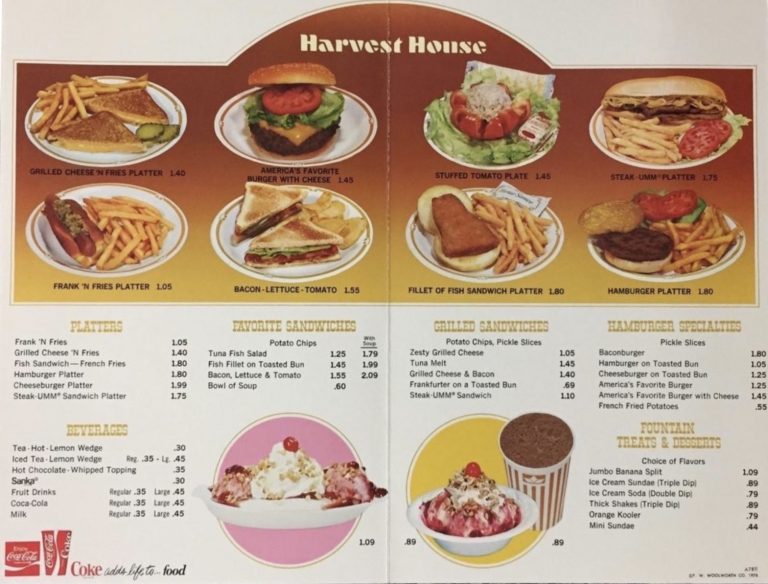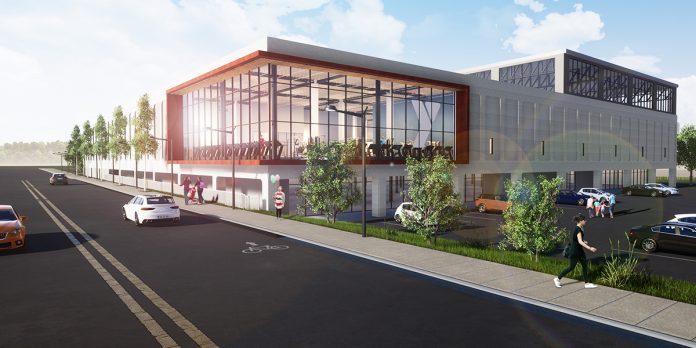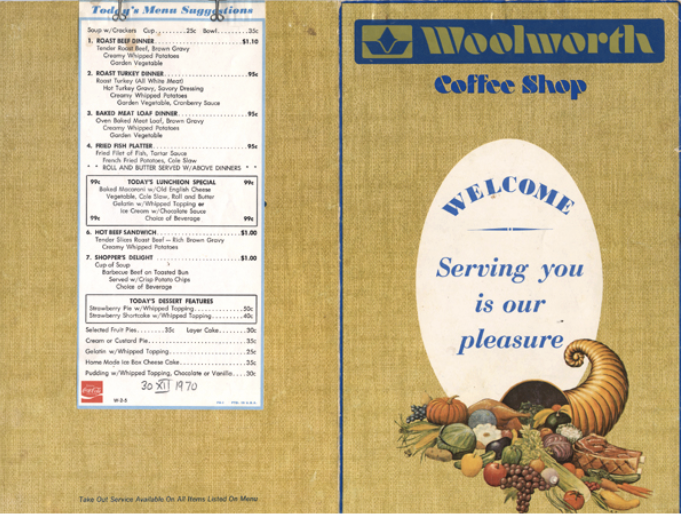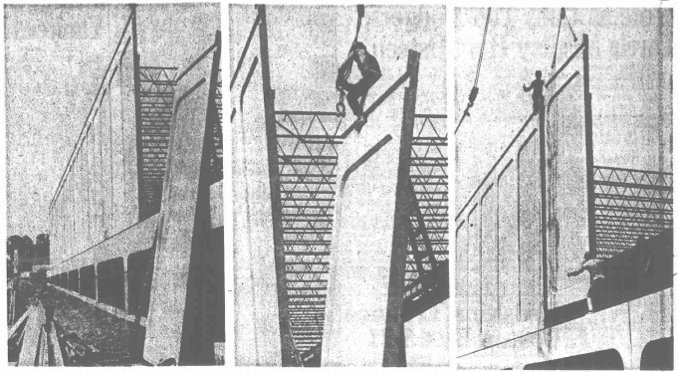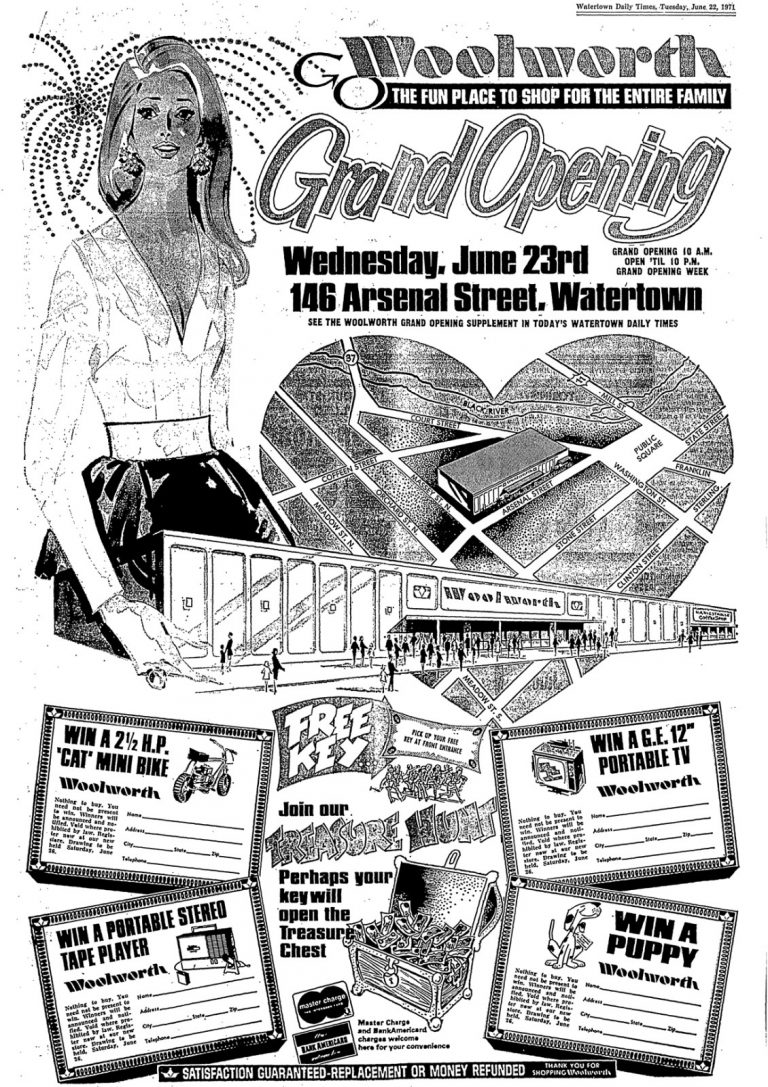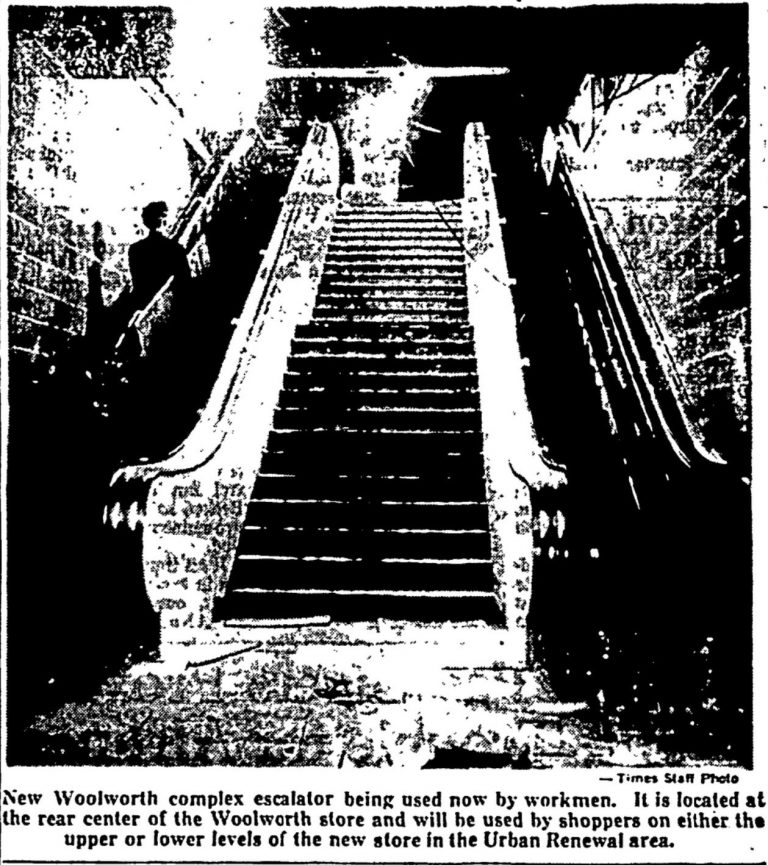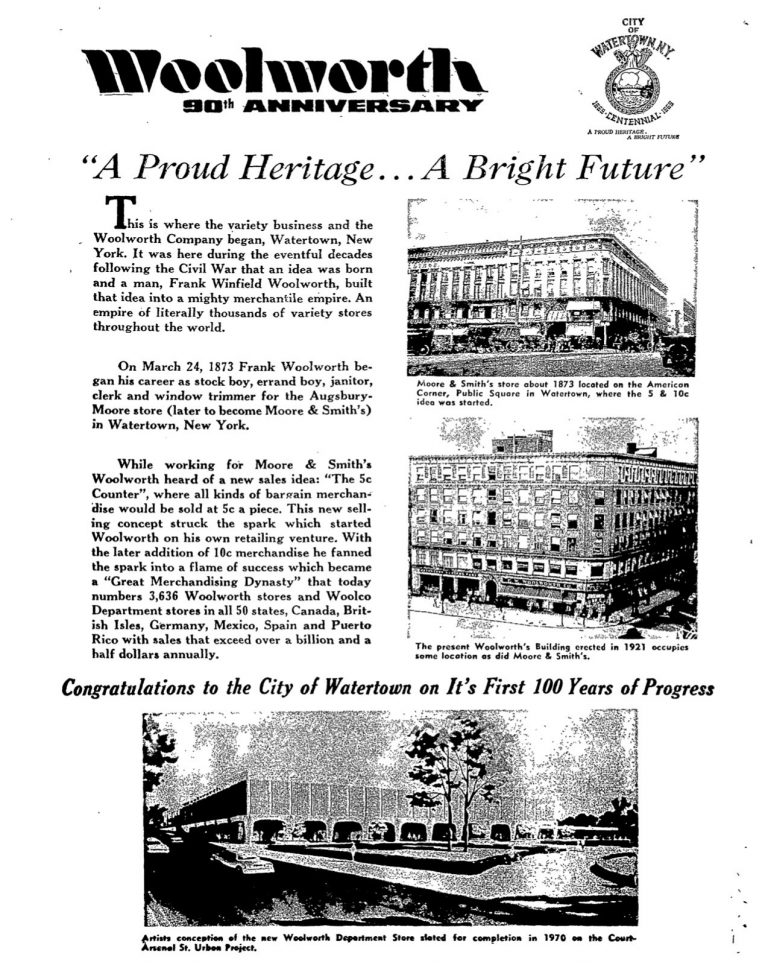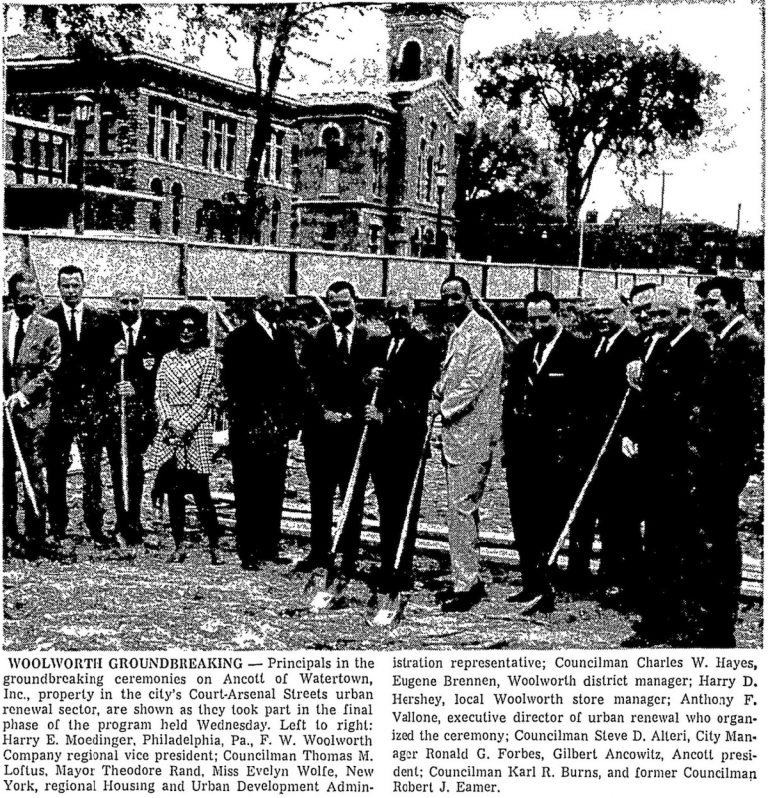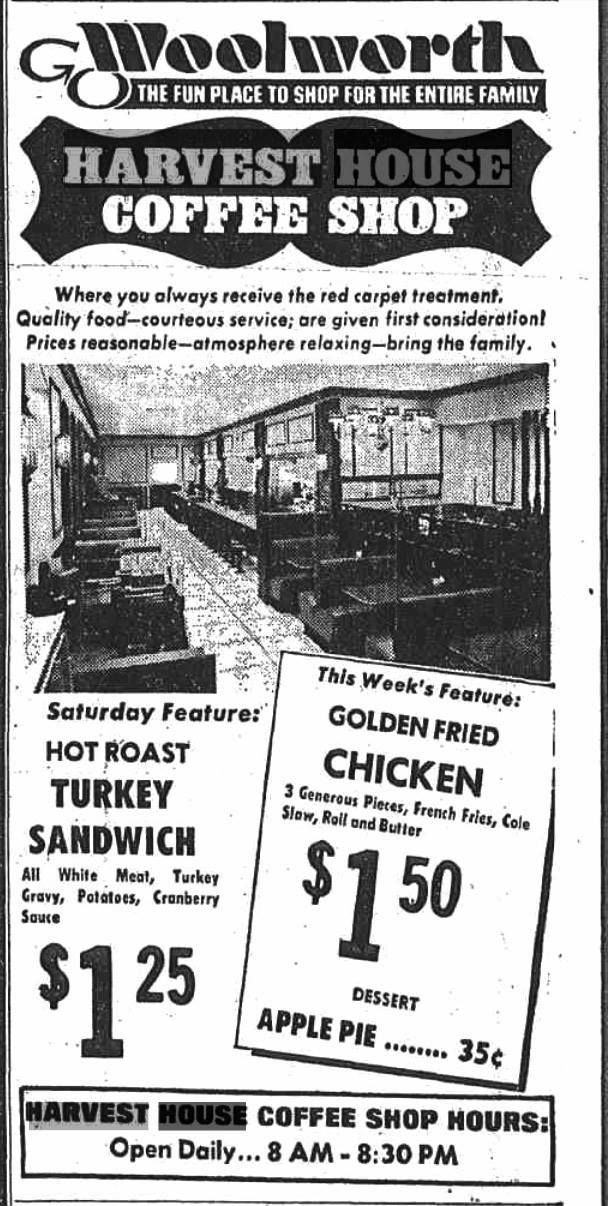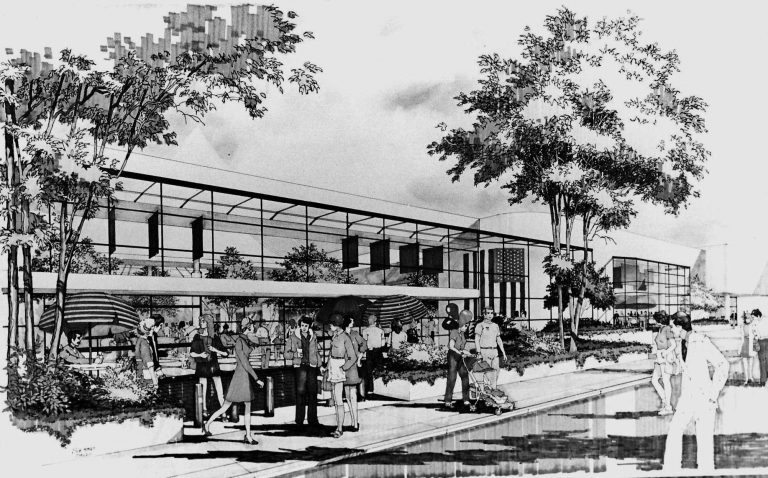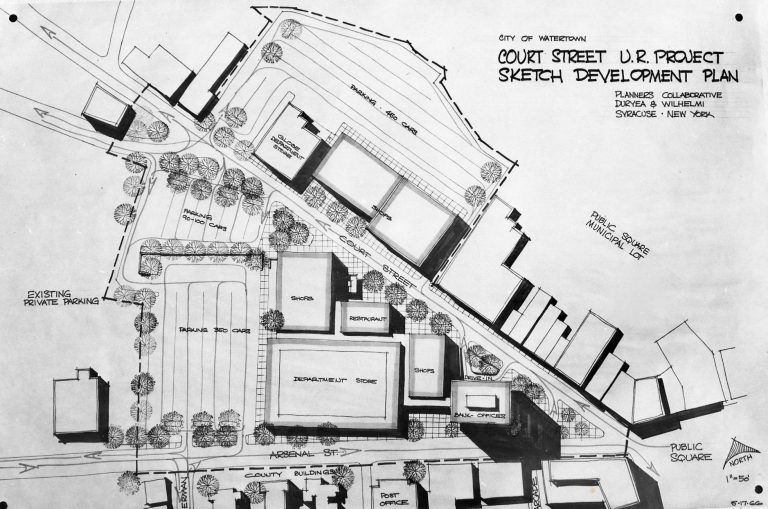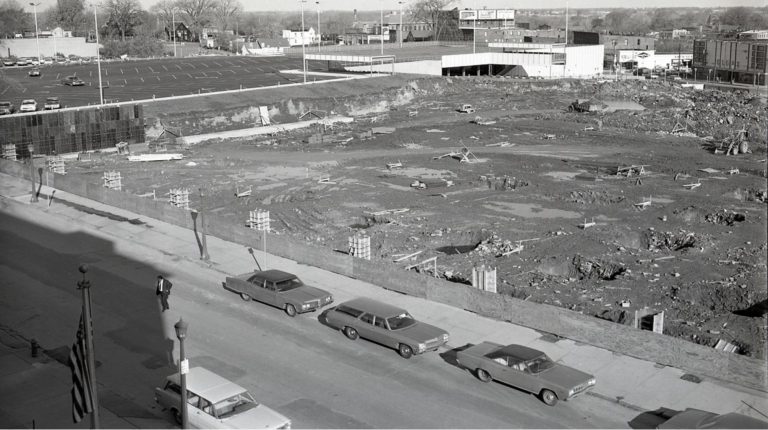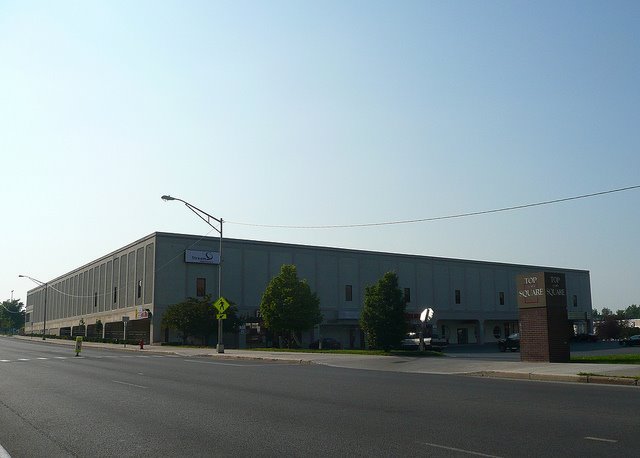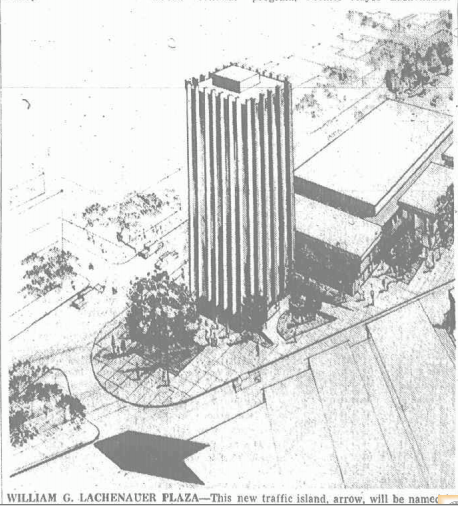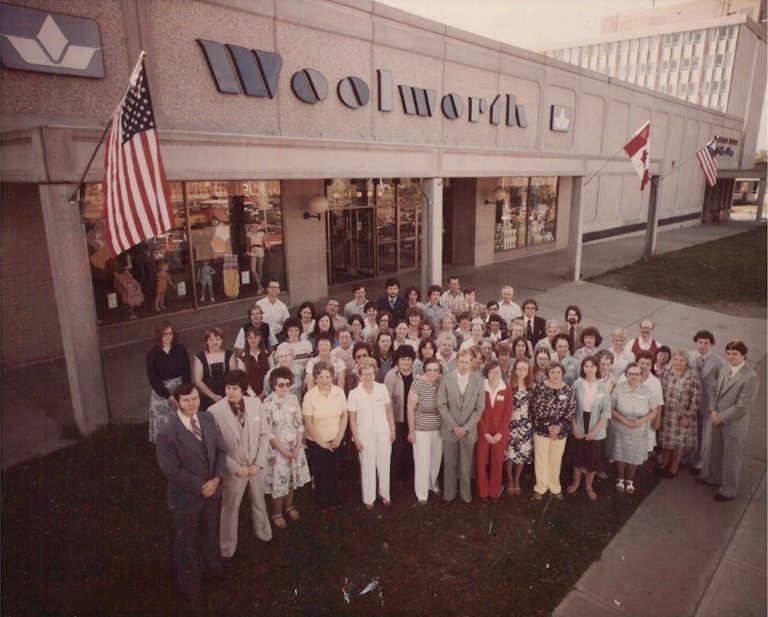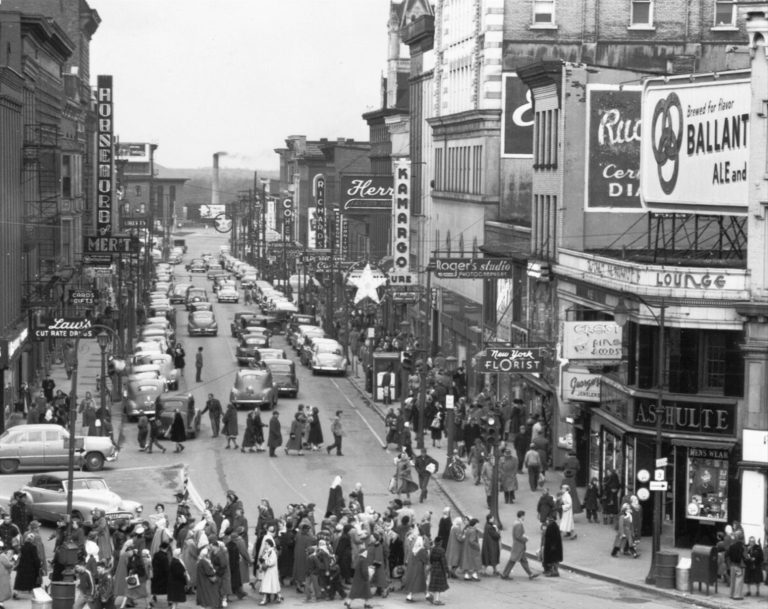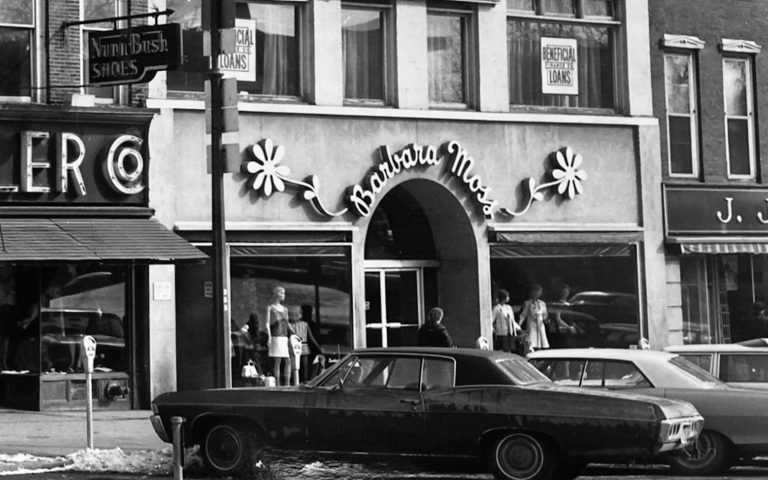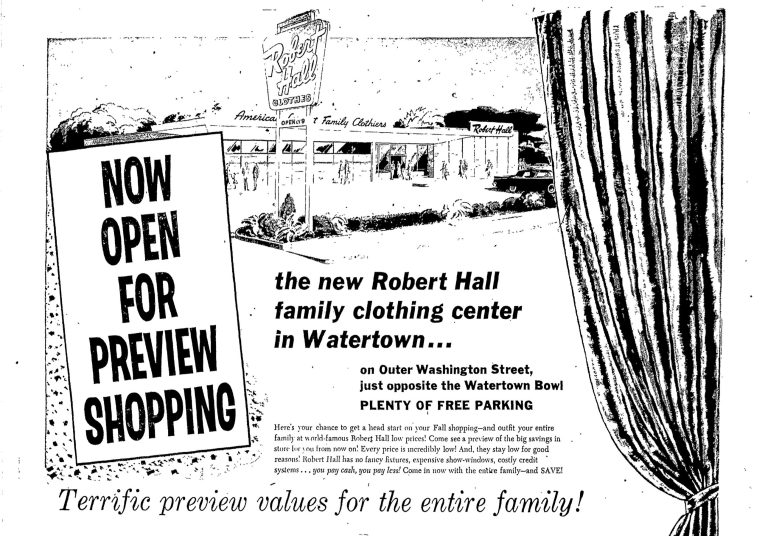Woolworth Relocating To 146 Arsenal Street – The Urban Renewal’s “Success” Story
When the city of Watertown started kicking around the idea of Urban Renewal in 1959, Woolworth most likely was never even considered a possibility for relocating to what would become a huge empty parcel between Court and Arsenal Streets – why would they? The Woolworth building on the American Corner, where the store was located since the early 1920s, was built on the hallowed ground of where the concept for the Five and Dime store originated, not to mention the F. W. Woolworth Company signed a 99-year lease to their namesake building upon its construction.
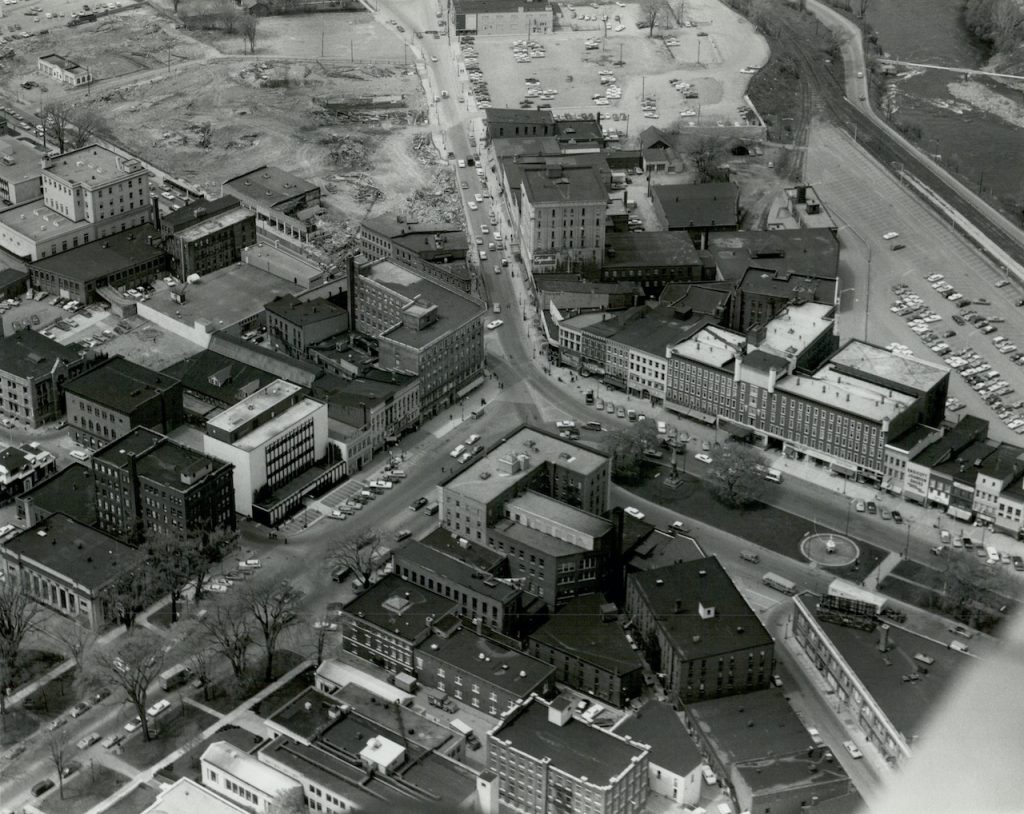
Despite the highly controversial project’s delay and public outcry, the mid-1960s would see the razing of many of Watertown’s landmarks as part of the urban renewal process – something that is, to this day, as much despised as it is perhaps misunderstood. The project is often misattributed to the razing of numerous other landmarks in the city in the 60s and 70s, including Hotel Woodruff, the Electric Building, the Herring Mansion, and its neighbor across the street, the White House Inn. None of those were involved with urban renewal, which was confined to the stretch of land from the apex of Court and Arsenal Streets westward and a stretch of land on the north side of Court Street.
The Herring mansion was part of a three-way property deal between developer J. J. Capone and the American Legion. The deal saw the former Watertown High School on Sterling Street razed and a building constructed for the new Legion Post, while the Herring mansion would be razed for the Carriage House Inn. In addition, the Orville Hungerford mansion, which was next to the Herring mansion, was razed, relocated, and reassembled upon its current W. Flower Ave location.
The White House Inn was part of eminent domain on behalf of the State of New York to use the land for the new State Office Building. The Woodruff and Electric Building was left for the city to dispose of, but at least Woodruff’s owners paid its demolition costs.
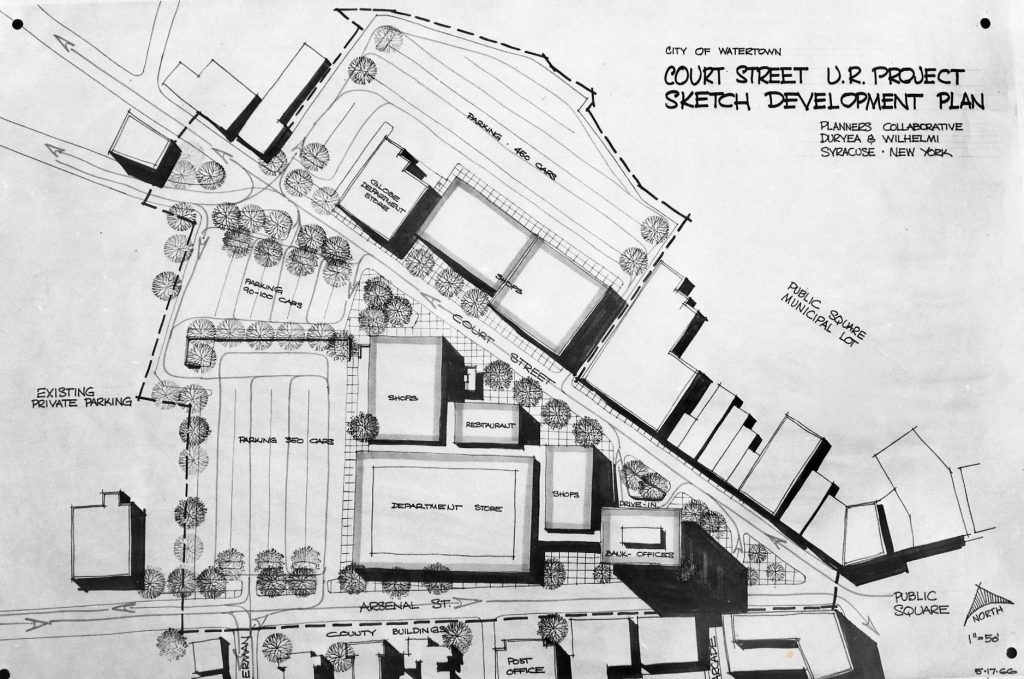
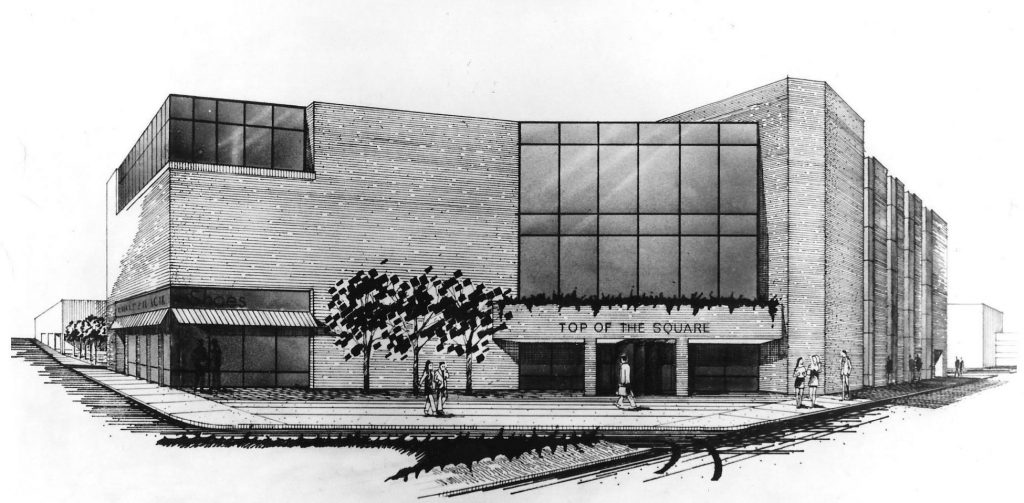
It’s a fair question to ask why the State didn’t consider the area slotted for urban renewal for the new State Office Building and City Hall location. After all, the old City Hall used to be right on the other side of Court Street, while all the other county office buildings were on the other side of Arsenal Street. Whether or not there are any real, palpable answers to that particular question is another story. Besides, the hypothetical “what if” question is perhaps more intriguing: What if Woolworth never relocated? What would have become of the urban renewal program then?
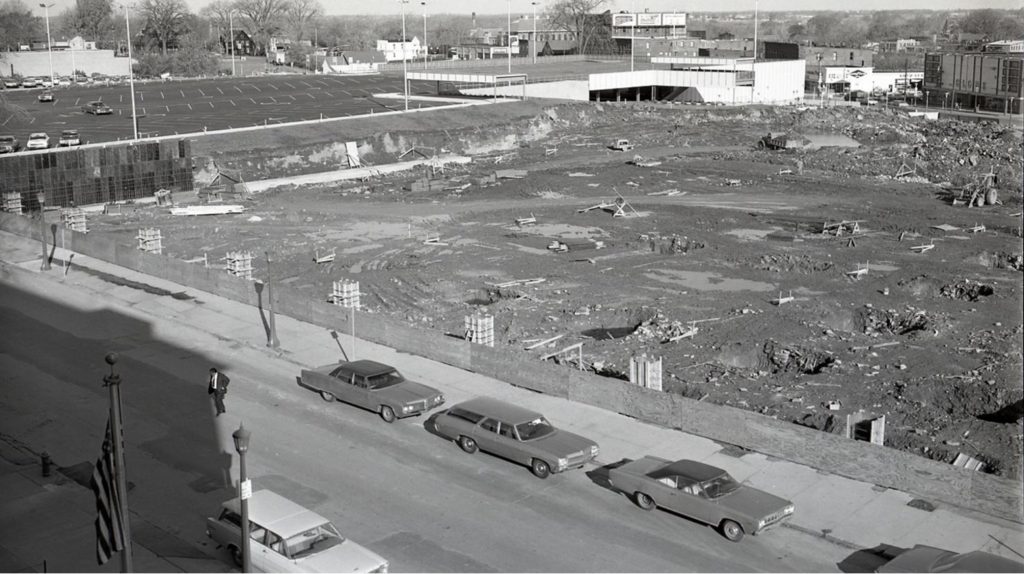
As it turned out, in 1968, it was announced in the Watertown Daily Times that Woolworth would be moving from its own Woolworth building.
Woolworth Company To Be Major Tenant In Urban Renewal; Work May Start Soon
The F. W. Woolworth company will be the major tenant in the city’s $11,000,000 urban renewal project signaling a possible start late this summer of construction of modern downtown shopping center in the Arsenal-Court Streets triangle by the private developer, Ancott of Watertown, Inc.
The announcement that a “mutual agreement” has been reached on development of Parcel “H,” one of the largest parcels in the urban renewal site, for the Woolworth project was made today in a joint statement by H. B. Fogerson, vice president of Woolworth; Gilbert Ancowitz, president of Ancott of Watertown, and Anthony F. Vallone, executive director of the city’s urban renewal program.
Heralding the Woolworth project as a clear-cut indication of the success of the urban renewal, Mr. Vallone said it supports his faith in the project which “required considerable hard work and patience.”

Other details included the city’s 350 parking garage facility, the enclosed shopper’s mall, and an office building that would fully develop the renewal project’s triangular portion.
City officials, including Mayor Theodore Rand, Councilman Karl Burns, and Steve Alteri, would herald the news, declaring it a turning point and the greatest thing that had ever happened in the project. Make no mistake, it indeed was good news – but only because, as quoted earlier, it was a “clear-cut indication of the success of the urban renewal.”
In other words, without the deal, urban renewal was a clear-cut failure. “If you build it, they will come” is an oft-misquoted line from Field of Dreams, but its pertinence here is, if you tear it all down and it remains vacant, then what? The last piece of the urban renewal demolition, which was added late to the schedule, was St. Patrick’s Children’s Home, which came down in April of 1968. It wasn’t until June that the announcement was made that Woolworth would relocate.
Imagine tearing all those buildings down over the last few years upon speculation that businesses would be lining up for new construction. Except there weren’t at that point, and nobody seemed to know what “renewal” would encompass. Had Woolworth, amongst the largest retailers at the time and hometown hero, not relocated, it’s hard to imagine anything happening at all with Sears and JCPenny having relocated to new stores just outside the urban renewal triangle in the not-too-distant past.
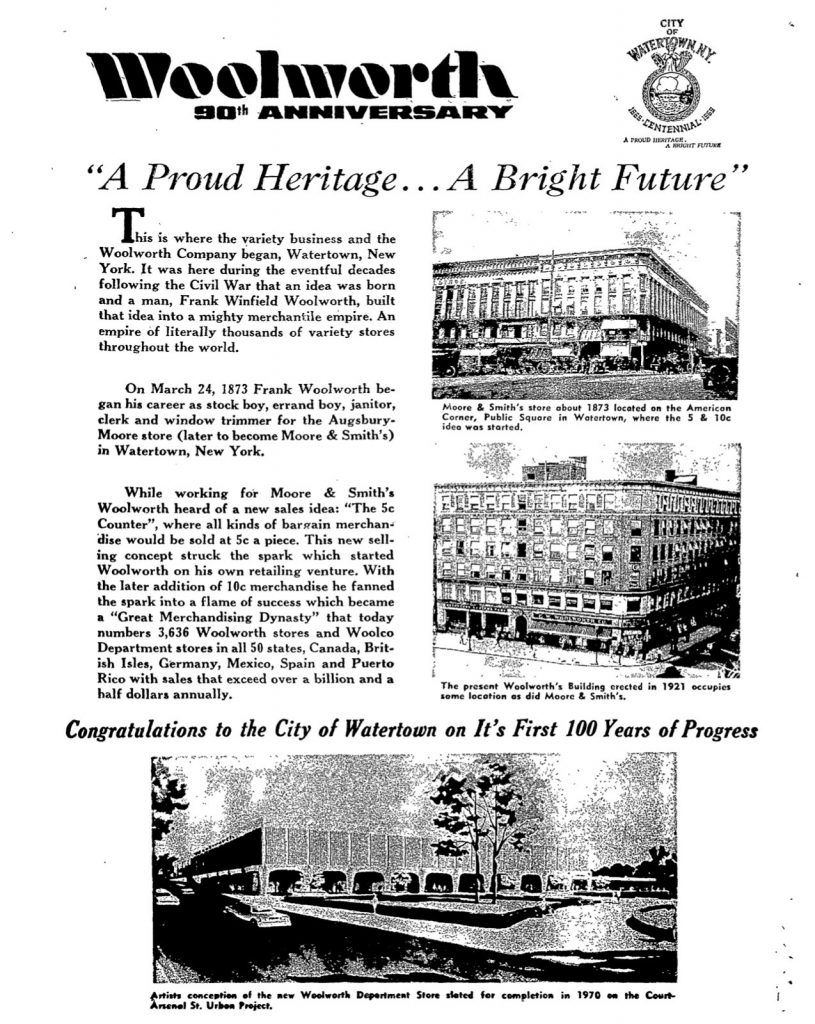
The new Woolworth store was to be constructed using the latest design and described by company officials as a full-line department store featuring restaurant facilities, The Harvest House. After the first plans were rejected and revisions completed, the “new Woolworth urban renewal complex” construction proposals would be approved on February 8, 1969. Woolworth, celebrating its 90th anniversary that same year, would release a new logo to replace the diamond-enclosed version “W,” which F. W. had painted on his office door in New York years ago.
Excavation on the estimated $1,750,000 construction project wouldn’t begin until sometime in August of 1969, with the “official” groundbreaking occurring on September 24th. The Watertown Daily Times would report in advance of the festivities—
A decade of controversy and planning will be climaxed here Wednesday, September 24, when city officials, businessmen and politicians join hands in the official urban renewal ground-breaking ceremony on the site of the $1,000,000 Woolworth commercial complex.
The historical celebration, scheduled to start at 10:30 a.m., has been arranged by the city’s executive director of urban renewal, Anthony F. Vallone.
In April 1971, Rite Aid announced it would open a store in the new Woolworth building, City Center Plaza/City Center Mall. The store, which was reported to consist of 4,500 square feet, would occupy the left-hand corner of the ground floor facing Arsenal Street.
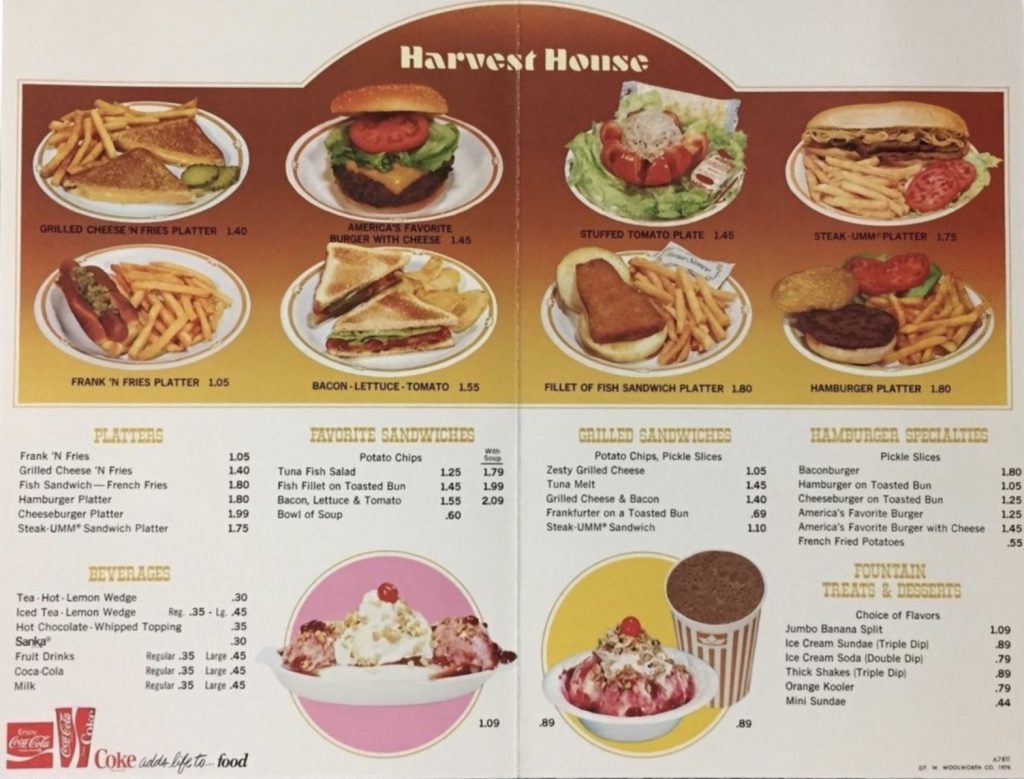
F. W. Woolworth Co. Donates Its Public Square Building And Leaseholds To Keep Home
In June of 1971, The Watertown Daily Times announced the Woolworth Co. would donate its building—
The F. W. Woolworth Co. has donated its six-story building on Public Square to the Henry Keep Home in a generous gift which includes all of the revenue-yielding leaseholds.
The property, valued in excess of $1,000,000, is assessed at $627,000. Constructed in 1920, the building is known as the birthplace of the five cents sales concept (edit: this is not true; it was the previous American Building which was home to Augsbury & Moore where F. W. Woolworth worked.)
The gift to the Henry Keep Home was announced today by officials of F. W. Woolworth as the company prepared to vacate the ground floor site of the building for relocation in the 65,400 square foot unit in the Urban Renewal development.
The Henry Keep Home owns three-quarters of the land on which the Woolworth building is located, leasing the other one-quarter from heirs of the Paddock estate. The F. W. Woolworth company held a 99-year lease on the land, dating back to 1916.
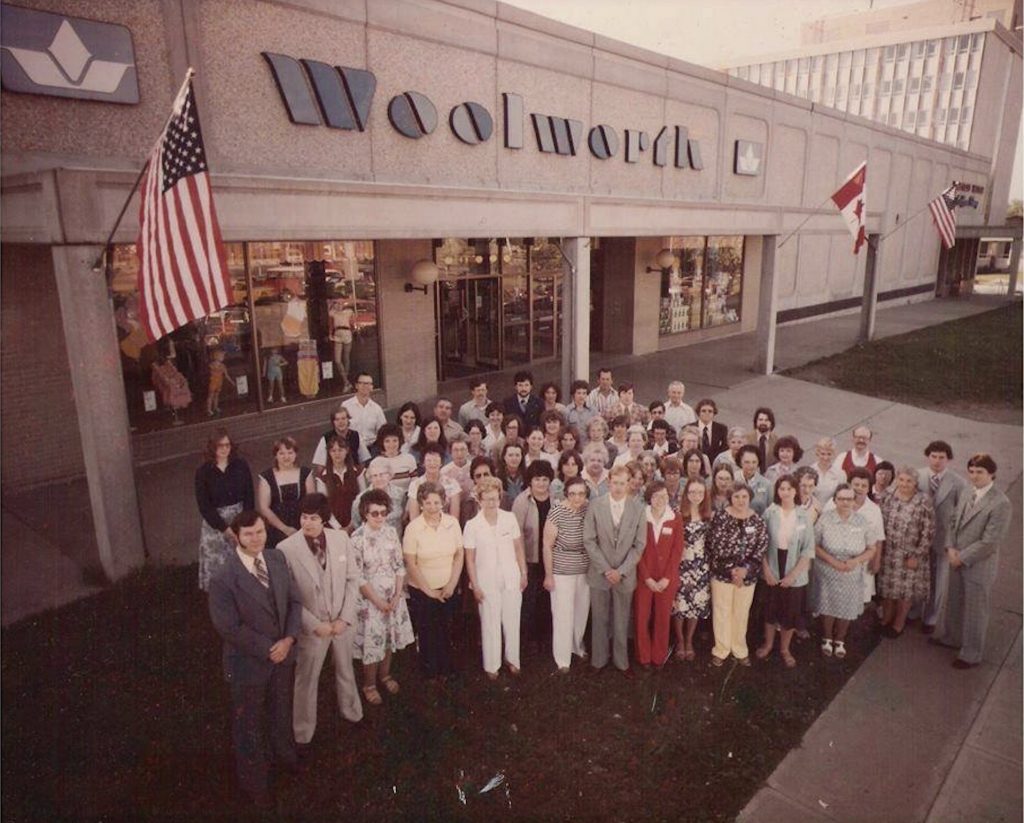
A process that began with the first discussions of the Urban Renewal program in Watertown in 1959 would finally see fruition with the Woolworth store opening on June 23, 1971. Just as the new retail center was opening, work was beginning on another section of the project across the street, which would become home to Howlands in the form of a 60,000-square-foot department store on the north side of Court Street.
Alas, after a long tenure amongst the top, competition and changing tastes would catch up to the retailer. In July 1997, Woolworth began closing over 700 stores. Only 75 remained open by early November, including the one at 146 Arsenal Street… but not for long. It would close permanently on Sunday, Nov. 2. Two tenants in the struggling mall beneath it, Radio Shack and Tropic Appeal Hair and Tanning Studio, would also decide to close their locations.
Over the next decade-plus, the former Woolworth store would become home to a couple of call centers, first Stream International and then Convergys. Most recently, the location has become the epicenter for the city of Watertown’s Downtown Revitalization initiative.
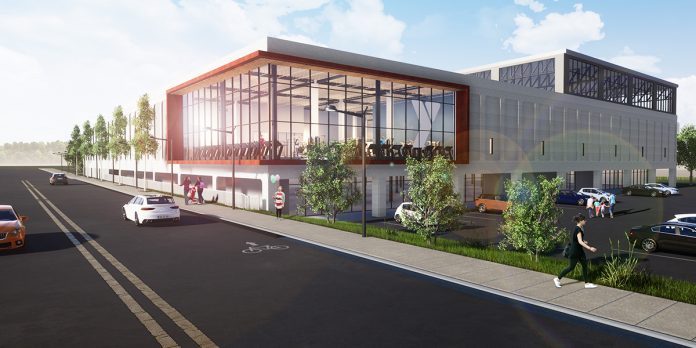
As part of that effort, the YMCA seeks to develop what is believed to be a “transformative” aquatic center in a large portion of the former Woolworth floor. However, the price has continued to climb to over $27,000,000 due both to supply chain issues and a $3 million remediation of PCBs found in the building. The rising inflation won’t help matters, either. Fortunately, the project has received all sorts of funding and grants from the State of New York, the New York Air Brake, and Fort Drum as well.
Below is an informative short video from Post-Mortar on YouTube. The video will open in a new window.
Stores Located Underneath Woolworth In The City Center Mall
By no means a complete listing:
Singer
Mason’s Bridal Shop
City Mall Tuxedo Shop
Rite Aid
Thom McAn
Seaway National Bank
Albert’s Hosiery
Bronen’s Music Co
Radio Shack
A&M Hobby
Tropic Appeal Hair and Tanning Studio
Barbara Moss
Music For You
Papa John’s
Family Dollar Store
Kidsport USA
TOPSn’BOTTOMS
Below: Take a trip down memory lane and visit the last remaining Woolworth Luncheon, which is still in operation!
